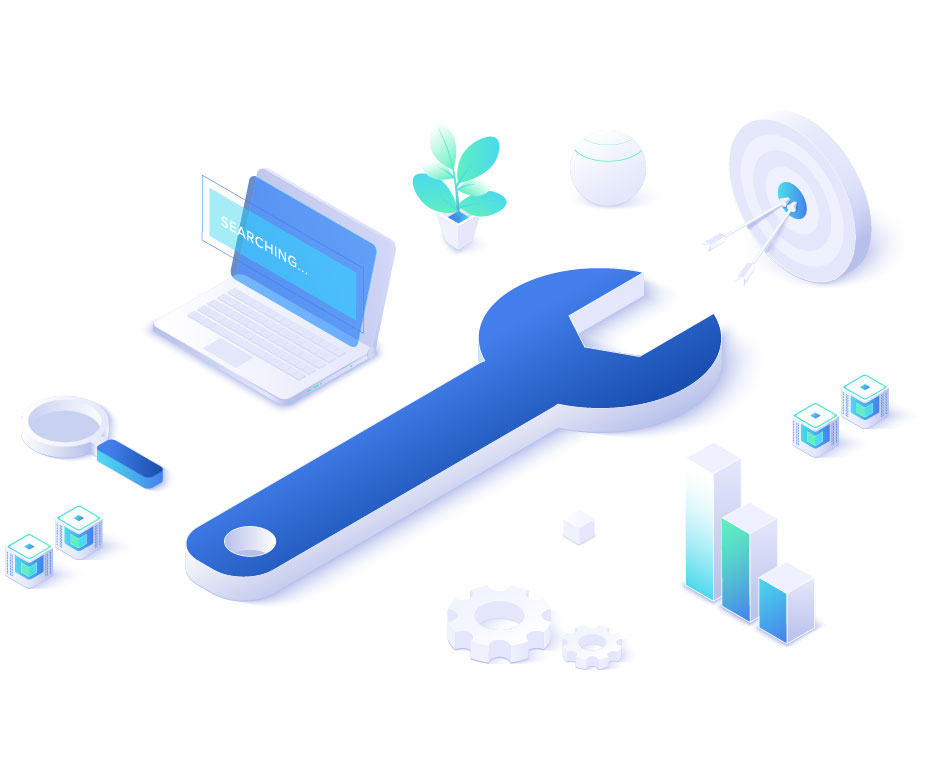Internet Of Things
IoT + AI platform for predictive maintenance of oil pipelines.
Smart Connectivity, Smarter Decisions: IoT Solutions Powered by AI
The Internet of Things (IoT) is transforming the way we live and work by connecting everyday devices to the internet. From smart homes to industrial automation, IoT enables real-time data sharing, remote control, and predictive insights. By 2025, there will be over 27 billion connected devices worldwide, powering smarter cities, efficient healthcare systems, and advanced manufacturing.
- IoT enables remote patient monitoring, smart medical devices, and real-time health tracking, improving patient care and reducing hospital visits.
- Smart sensors monitor soil conditions, weather, and crop health, helping farmers make data-driven decisions for better yield and water efficiency.
- IoT-powered machines track performance, predict maintenance needs, and optimize production processes, reducing downtime and increasing efficiency.
- Smart shelves, inventory tracking, and personalized in-store experiences help retailers manage stock and enhance customer satisfaction.


Benefits of IoT
Unlocking the Power of Connectivity: Key Benefits of IoT for Modern Businesses
The Internet of Things (IoT) brings powerful benefits to businesses and everyday life. It enables real-time data monitoring, automates processes, and boosts efficiency across operations. By reducing costs, improving decision-making, and enhancing customer experiences, IoT is transforming how industries connect, operate, and grow.
- Real-Time Insights
- Automation
- Cost Efficiency
- Improved Customer Experience
IoT with AI: Smarter, Connected Solutions
When Artificial Intelligence (AI) is integrated with the Internet of Things (IoT), devices do more than just collect and transmit data—they learn, adapt, and make smart decisions in real time. This combination creates intelligent systems that improve efficiency, reduce manual effort, and deliver meaningful insights.
- IoT devices gather data through sensors (e.g., temperature, motion, pressure).
- AI algorithms analyze this data to detect patterns, predict outcomes, and automate responses.
- The result is a self-improving system that gets smarter over time.

